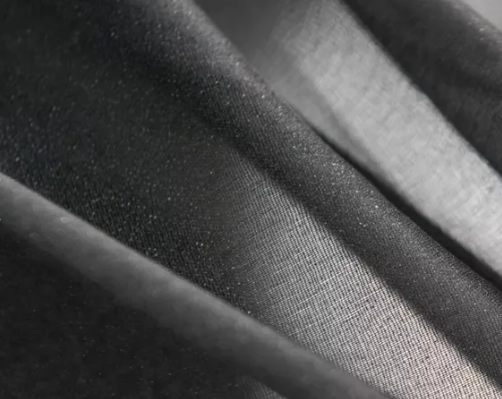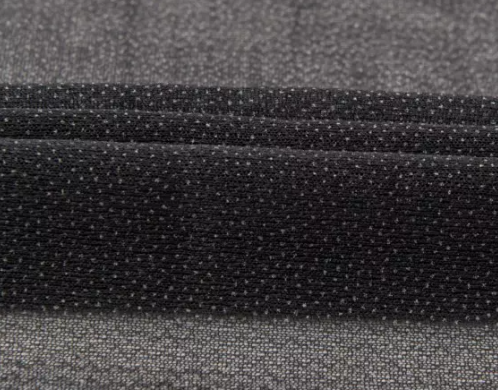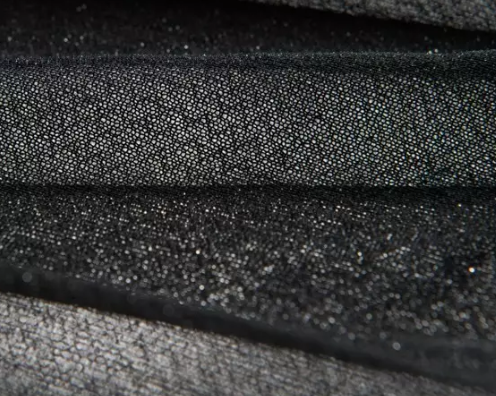Introduction to Woven Fusible Interfacing for Sewing
2023-04-14.
Woven fusible interfacing is a type of fabric used in sewing to strengthen, stabilize and add durability to garments. It is typically made from polyester, cotton or a blend of fibers, and is woven using both warp and weft threads before being bonded into a sturdy fabric using heat and adhesive.

The use of woven fusible interfacing can make sewing easier and more precise. Before designing and cutting the fabric, sewers can cut the interfacing to match the shape of the main fabric and use it on certain areas such as collars, cuffs, waistbands, buttonholes, and zipper areas. This will make these areas more robust and stable, preventing damage or distortion due to common wear and tear or frequent use.
Woven fusible interfacing can also help sewers achieve better design effects. It can help the fabric maintain better shape and lines, making the garment look neater and more refined. It can also enhance the texture and weight of the garment, and help improve the transparency or thickness of the fabric.

Another benefit of using woven fusible interfacing is that it can reduce fabric wrinkling or deformation. When certain parts of the fabric need to be stretched or subjected to heavy pressure frequently, this lining can alleviate the fabric's burden and prevent excessive deformation or distortion.
Of course, the use of woven fusible interfacing also requires some skill and experience. Before use, sewers should carefully read the manufacturer's instructions and ensure that the interfacing is properly adhered to the fabric to avoid sticking to the iron or leaving visible marks on the fabric. In addition, sewers should choose different types of woven fusible interfacing according to different fabrics and design needs.

Overall, woven fusible interfacing is a very useful sewing material that can help sewers achieve better design effects, improve the structure and durability of the garment, and reduce fabric deformation and wrinkling. For sewing enthusiasts and professional sewers, it is a recommended choice.